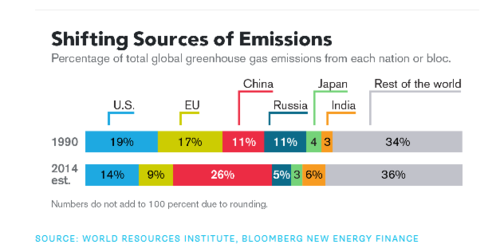All the international economic indicators show us that this sector is growing rapidly and generating big economic and strategic return. In the past five years, larger countries (such as China, India, Saudi Arabia, etc.) threw themselves into these type of business activities both for economic and strategic reasons.
The last data of the “Agriculture Outlook Report” edited by FAO and OECD shows that to supply the growing demand (in food, energetic and environmental terms), farms and forestry sector will have to increase their production by 60% in next 40 years.
Instead, if we follow the present trends, we will have a decrease in the availability of those products and services at an average of 1,7 % each year. Moreover approximately 25% of all agricultural areas in the world are already compromised for several reasons (climate, pollution, environmental, etc…)
Finally we must take into consideration that the last report “International Farmland Focus 2012” (edited by Savills) shows that the “Savills Global Farmland Index” (that measures the property value of the agriculture areas ) has grown from 2002 to 2010 by an average of 400% (with maximum of 1817% in Romania)

